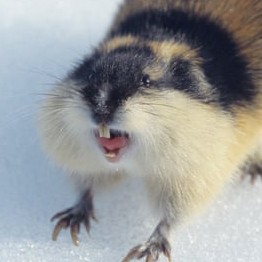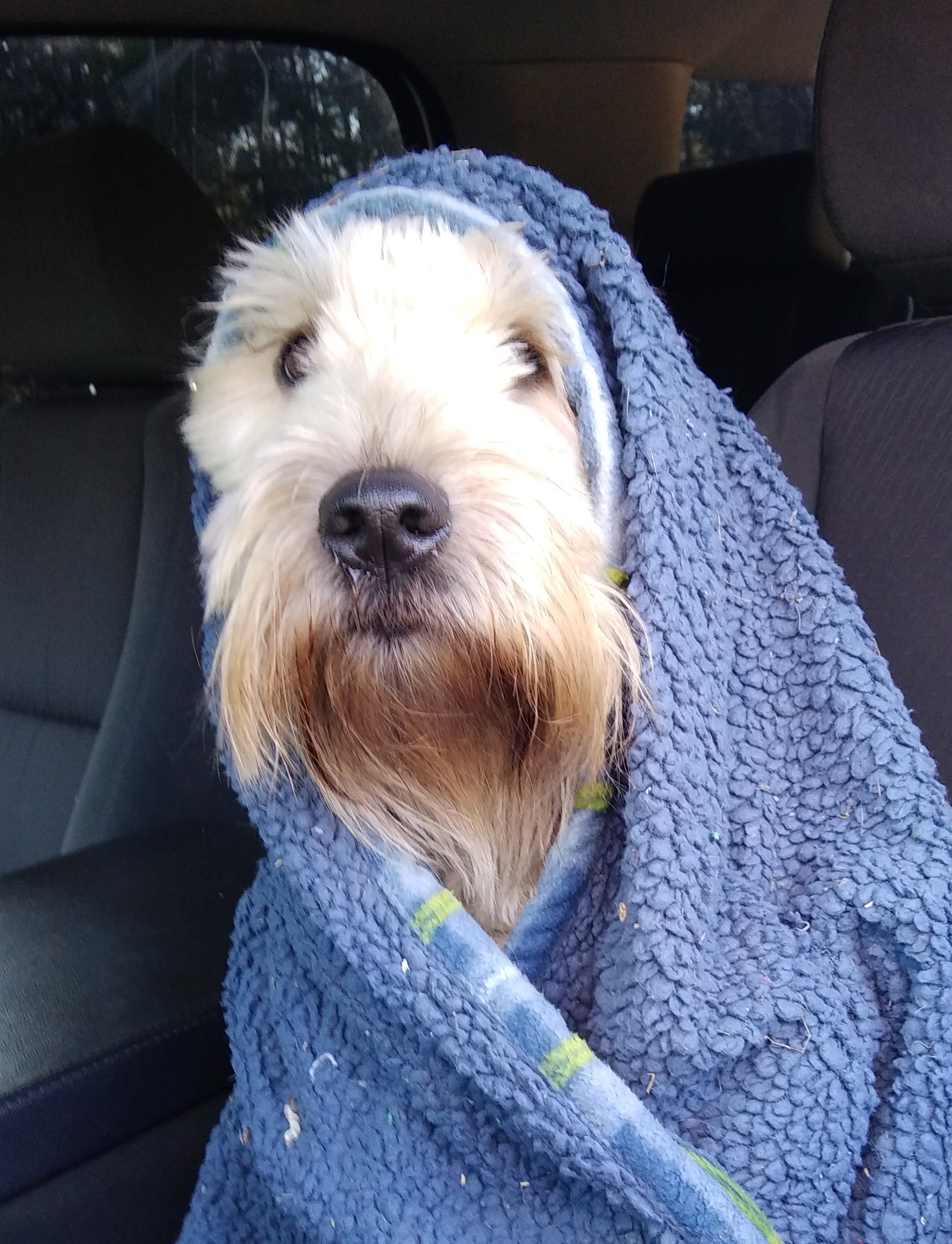Like, I’m aware of there being exceptions like Penguins, Ostriches, and Bats. But in general, why is there such a distinct land/air split between mammals and birds? Why don’t mammals share the ground with ecosystems of plant- and meat-eating walking birds? Why didn’t we get birds that evolved to slither like snakes, or tunnel like rodents? Why isn’t it (land+sky) all just mammals, where we’d have parrot- and vulture-like bats that don’t lay eggs? If we started the simulation again, might things like this evolve?
There’s a lot of good answers here but there’s some missing things as well.
To start with, there was a separate category of flying dinosaur, those with ‘fingers’. They could climb trees, grasp things, etc. They were large and heavy. The heaviness was due to the increased weight that these joints added, including in their legs. When disaster struck, the lighter dinosaurs (descendants of today’s Aves) were able to escape the disaster due to reduced energy usage, snapper energy requirements, etc. The heavier ones were not.
Second, there are a lot of categories that birds fall into. Like others have said, birds in isolation eventually revert to flightlessness. It’s advantageous.
I’m not sure why you think mammals/birds are the dividing line either. There are many animals that “fly” that aren’t birds (bugs, bats), and there are many mammals that aren’t on land as well (whales, bats, etc).
I feel like your question is maybe more a question of “why are mammals so dominant” which probably comes down to many differences in avian biology, adaptations that explicitly make life easier in the sky vs land. Better usage of oxygen, ability to lay eggs out of reach of predators, explicit bone structure for flying. Flightless birds have lost many of these things. Mammals have other adaptations that make life easier for them on land. Trying to cross this boundary usually results in disaster for the evolutionary line and so it doesn’t happen.
This is a good all-round answer. Thanks
The single, simple answer is the one that you don’t want to hear: There is no clean split. Bats are a large and diverse group of flying mammals just like birds are a large and diverse group of flying dinosaurs.
The simplest answer I can come up with (because it’s actually a very complicated and convoluted topic that I wouldn’t truly do just anyway) is: Most birds can fly because they are an offshoot of one group of dinosaurs (avian dinosaurs) that survived the last great extinction when their non-flying non-avian dinosaur relatives did not. Basically the ones that couldn’t fly mostly went extinct. And mammals mostly don’t fly, which is possibly because several groups of vertebrates beat them to it and essentially filled all the niches that would have been available to flying animals, kind of blocking that path for them.
Obviously that’s nowhere near the full story. There are lots of other factors at play, like some of the peculiarities of mammalian and dinosaur physiology that made one group better suited to flight than the other, ramifications of the great extinction that killed non-avian dinosaurs as well as most large animals in general and whole swaths of other species, and so on.
Most birds can fly because they are an offshoot of one group of dinosaurs (avian dinosaurs) that survived the last great extinction when their non-flying non-avian dinosaur relatives did not.
Is this accurate? I was always under the impression that birds evolved from “land dinosaurs”.
Is this accurate? I was always under the impression that birds evolved from “land dinosaurs”.
Well, yes, where else would the flying dinosaurs come from?
That it was more of a direct path from say raptors to chickens, but I mentioned in another reply that I had forgotten about all the different dinosaur eras and the hundreds of millions of years between them all.
The first flying dinosaur evolved from a non-flying dinosaur. The word for a “flying dinosaur” is “bird”. (Sort of. Bird isn’t a scientific term, arguably crown-group birds don’t include the first flying dinosaurs. But in that case the first bird evolved from a flying dinosaur which evolved from non-flying dinosaurs, so it still works.)
I guess I’m forgetting that there were several different dinosaur periods spanning hundreds of millions of years. My mind defaults to the jurassic period being the only one.
Most of the more famous dinosaurs were actually from the cretaceous period. T. rex, stegosaurus, velociraptor (and the deinonychus and utahraptor that the movie Jurassic Park’s depiction of “velociraptor” was based on), triceratops, ankylosaurus. Pretty much all the non-avian dinosaurs the average person could name, other than sauropods like brachiosaurus, lived in the cretaceous. Some of those I named did admittedly first evolve in the jurassic, but most are most well-known in the cretaceous.
Though fwiw, birds did first evolve in the jurassic.
I guess that depends on your definition of what a bird is and on where you place the transition between bird-like dinosaurs and birds. Like Archaeopteryx is one of the species in that weird kinda dinosaur kinda bird phase.
Edit: Genus not species, sorry. I hate taxonomy so much…
Hmm I live in NZ, our only native mammal is a bat, which can fly. And we’ve got Kiwi, Kākāpō, Takahē and so many penguins that can’t fly. Mammals take it I’m afraid
Birds already had a sky advantage and mammals had a land advantage when the dinosaurs went extinct. It takes millions of years to develop things like feathers, why compete with animals that are far more specialized than you for the task at hand.
So I think it all comes down to competition, evolution fills niches that are open, if it’s already crowded then naturally it’s more beneficial to expand in empty niches.
Ah, that would make a lot of sense
Flight requires extreme adaptations that make terrestrial life much more difficult. It’s hard to evolve it and once you do, going back will be difficult. Especially when competing with a bunch of animals that haven’t completely warped their bodies for a totally different lifestyle.
On isolated islands without mammals, many birds do begin to revert to a terrestrial strategy. But the mammal body plan is just better for this, and when mammals have reached such places, flightless birds have almost immediately experienced population collapse.
when mammals have reached such places, flightless birds have almost immediately experienced population collapse.
New Zealand bird life in a nut shell
Yeah we have plenty of flightless birds here (or rather HAD), birds burrow and ground nest, bats that spend a lot of time ground foraging, insects that grow to the size of small rodents, carnivorous snails (https://www.youtube.com/watch?v=ubNm5M2-LAc) and more
https://www.youtube.com/watch?v=Y0fbYuvSIY0&t=227
Woah. I never thought I’d see a bird run this fast
Lots of great answers already, but one interesting thing that seems to be like it would keep more mammals from evolving to fly:
extra weight of the young during gestation.
Egg-laying birds get to breed but don’t carry around that extra weight for nearly as long or as heavy. That’s got to be a huge evolutionary advantage, right?
Ducks seem to go and nest to lay anyways. Stick around one spot for up to 15 days shitting out eggs, then sit for another 30 days waiting for them all to hatch. Sit, rotate eggs, sit, barely leave, repeat. Then teach them to swim/fly etc before they do the whole flying away part
I suspect it’s partly just coincidence. Prior to the K–Pg extinction, the sky was ruled by non-birds. Pterosaurs. In fact, the late Cretaceous saw some of the largest creatures to ever fly, like Quetzalcoatlus and Hatzegopteryx.
At the same time, it was also not mammals that ruled the ground, it was, as many an eight year-old can attest, dinosaurs.
The K–Pg extinction event may have killed off all the non-avian dinosaurs and pterosaurs, in part because of their larger size. So the very thing that made them “rule” before is what killed them off, and conversely, the very thing that kept avian dinosaurs (i.e., birds) and mammals from ruling during the Cretaceous is what allowed them to survive that event and evolve to fill the many niches vacated by non-avian dinosaurs after the event.
At the same time, it was also not mammals that ruled the ground, it was, as many an eight year-old can attest, dinosaurs.
Arthropods who’ve been ruling the world for 500 million years: Why do dinosaurs get all the hype? 😭 😭 😭
I think it comes down to the fuzzy definition of “ruling”. The physical size and position in the food chain are among the factors that make dinosaurs rule the mesozoic, in my mind.
Peacocks and hens, Grouse and Turkeys, and some Phaesants spend most of their time on the ground. Ducks and Swans spend a lot of their time floating on water surfaces. Geese do fly and flock but are often in groups nipping at the ground, rather than in trees.
If birds slithered, tunneled or did other weird land behaviour, I don’t know if we’d still call them birds. Probably something like dino-saur, idk.
Burrowing Owl…

He looks like he’s sick of my shit, and it’s not even 6am yet!
But I ask you, who does he think he’s giving those glaring eyes??? Who??? Who??? Who??? Who???
It isn’t.
There are a lot of types of creatures figuring and fighting out their ecosystems.
And the land we say is just the surface of the Earth. There are insects, ameba, bacteria they may not be birds or mammals but they are also part of like and ecosystem and it boils down to everyone contributing to the cycle.
This may not be the answer but something to ponder upon as it helps you to visualize life.
Bees and vultures are so so cool as well
Different medium means vastly different things with be chosen for. Same with water based animals. It comes down to base physics of how to live and what’s advantageous evolutionary. The obvious one for birds is they need to be light weight to fly. That’s extremely limiting. Land based has a ton of options. Water based needs a ton of fat for insulation, can be heavier because of buoyancy.
deleted by creator









